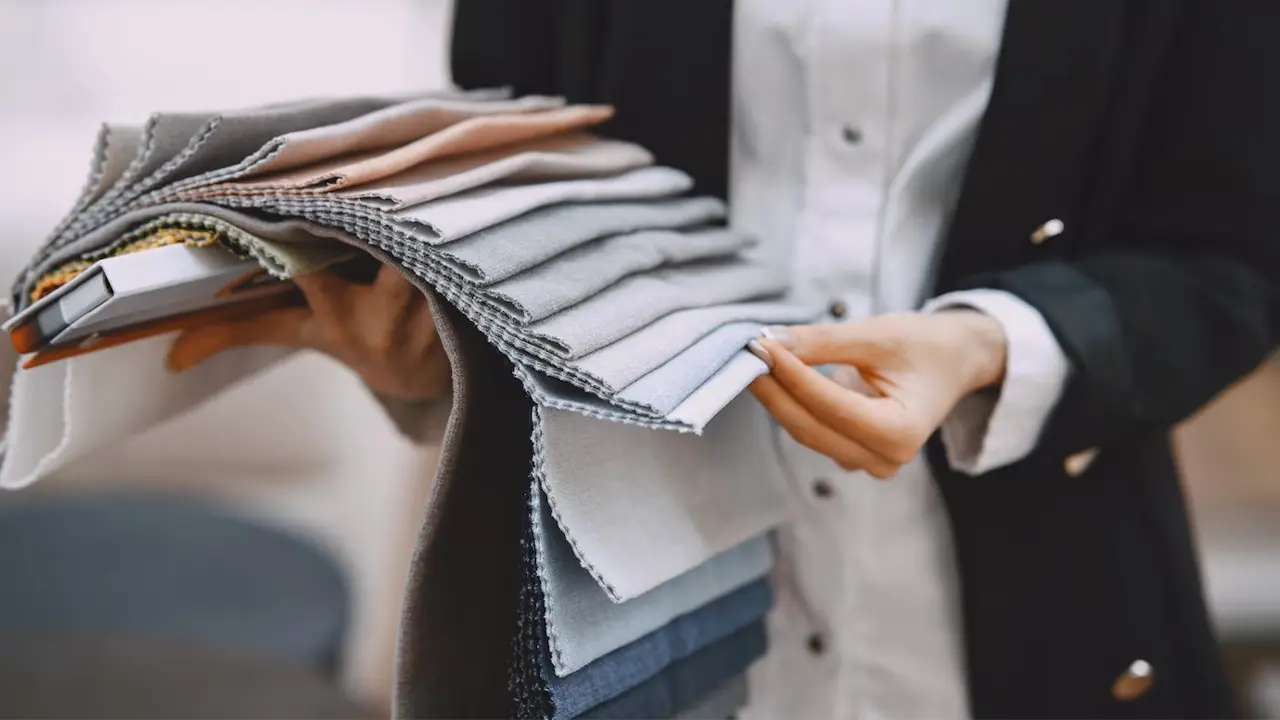What if we equipped students to make eco-conscious textile and apparel choices? Here’s how schools can teach textile sustainability:
- Show samples of conventional vs. organic cotton, leather vs. pleather, and recycled polyester during lessons on materials science and chemistry.
- Cover the environmental impacts of natural vs. synthetic fabrics, dyes and finishes in biology and environmental science classes.
- Calculate and compare the carbon footprint of a fast fashion garment vs. locally produced ethically made clothing in math class.
- Debate the ethics of sweatshops and living wages for garment workers in history, social studies, and language arts.
- Upcycle uniform scraps into accessories, pouches, rugs or displays in art and design technology courses.
- Launch student-run social enterprises like uniform swaps, resale shops, clothing drives. Use proceeds for eco-initiatives.
- Invite sustainable designers or brands to be entrepreneur guest speakers showing how eco-businesses uplift communities.
Guiding students to think critically about the clothes they wear and passions they can pursue fosters an eco-conscious generation equipped to lead change.







